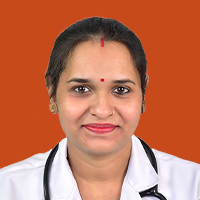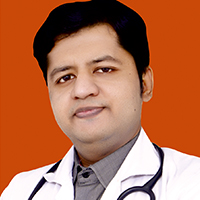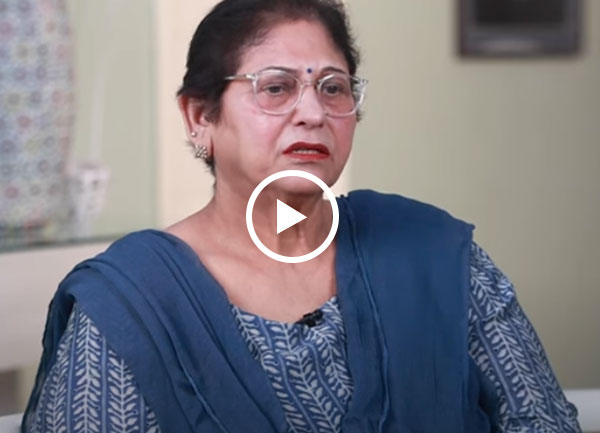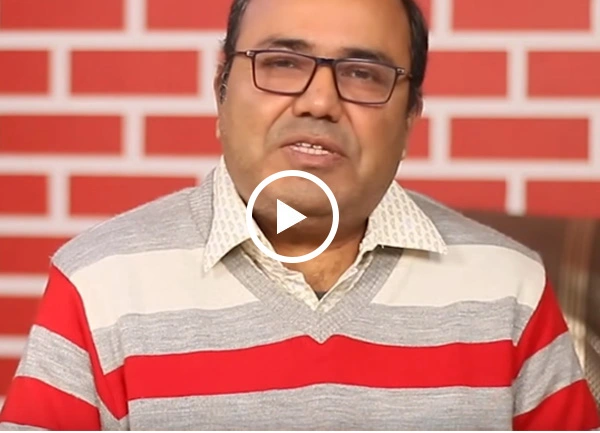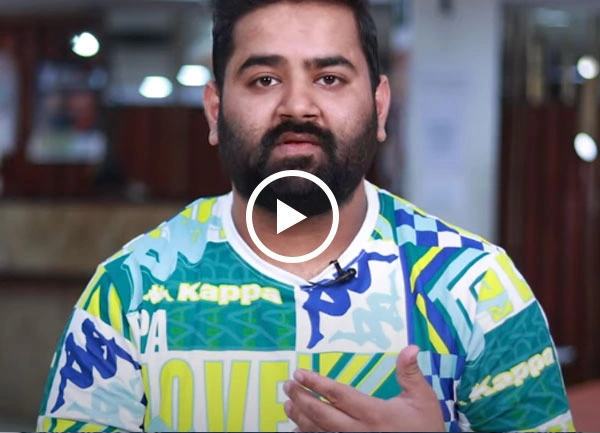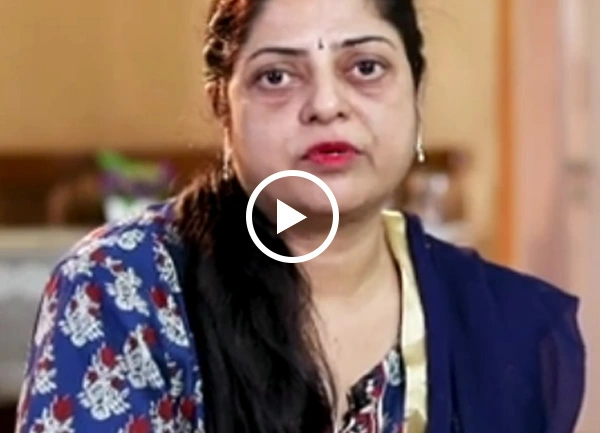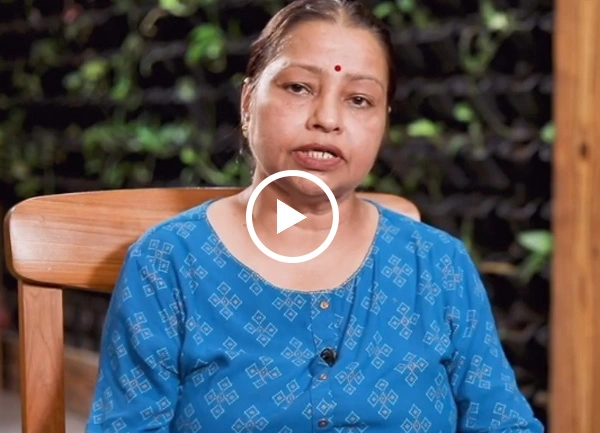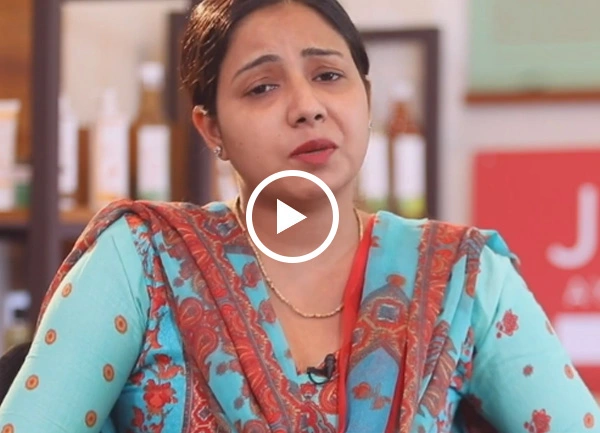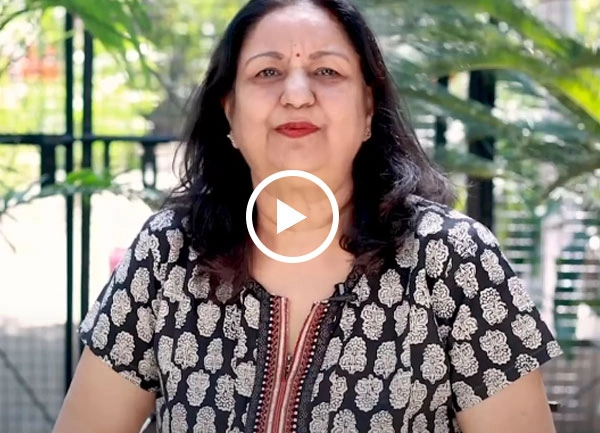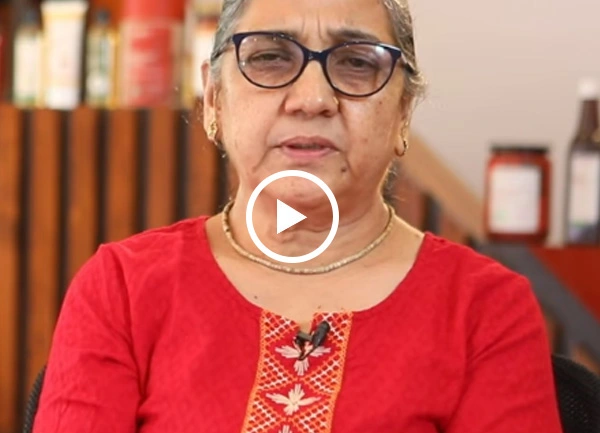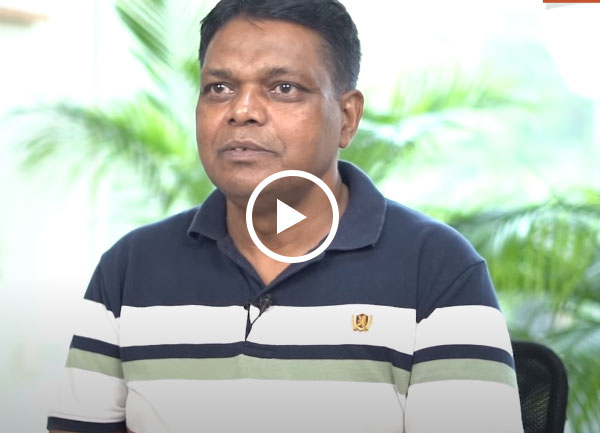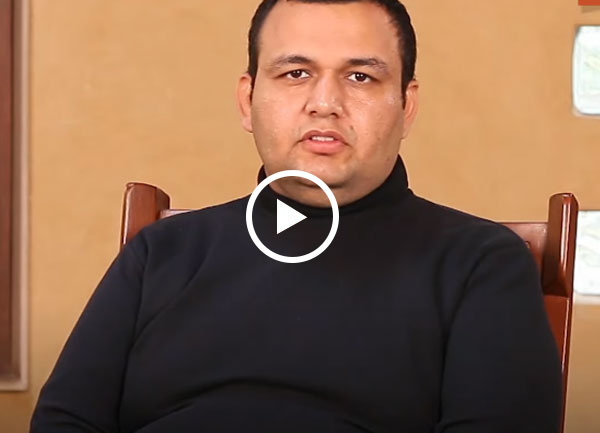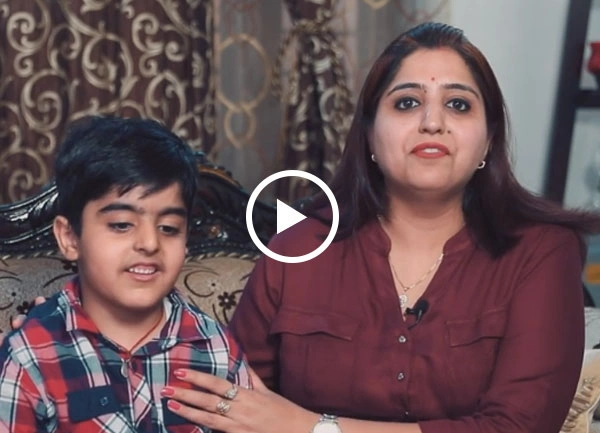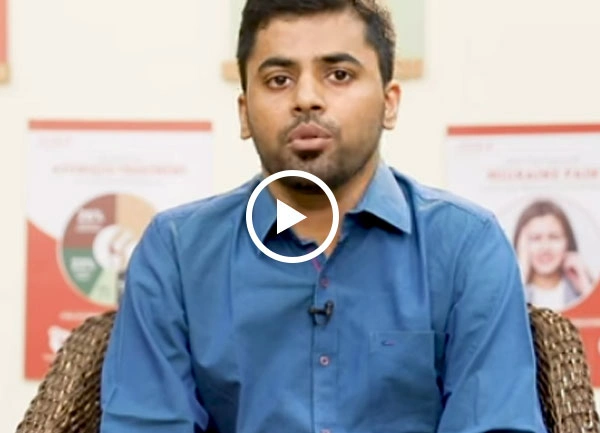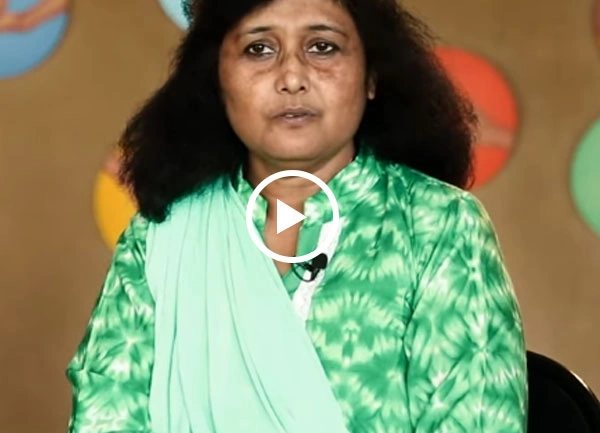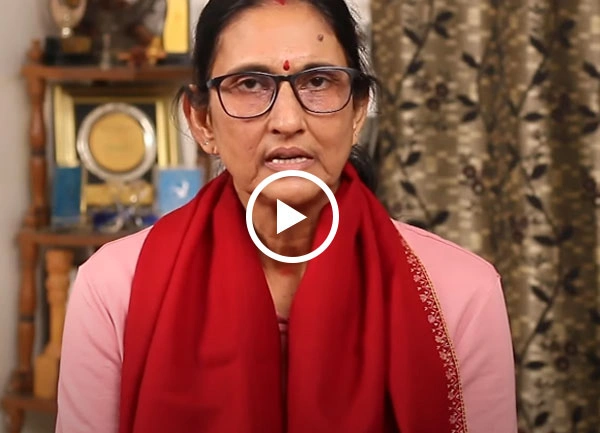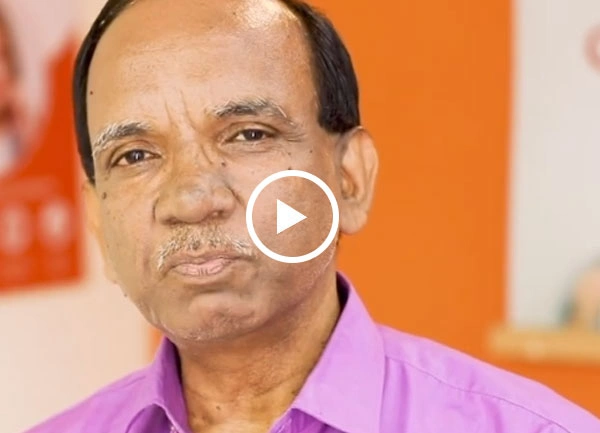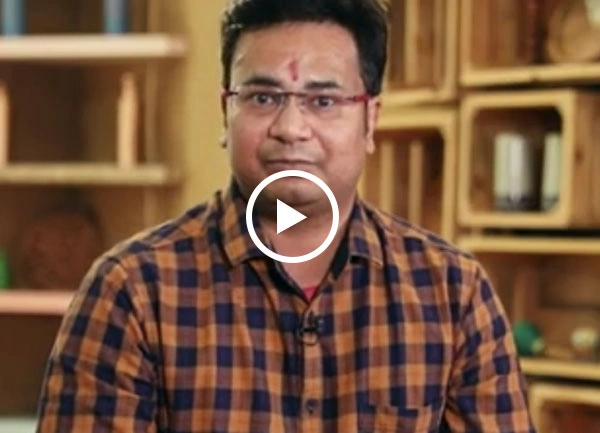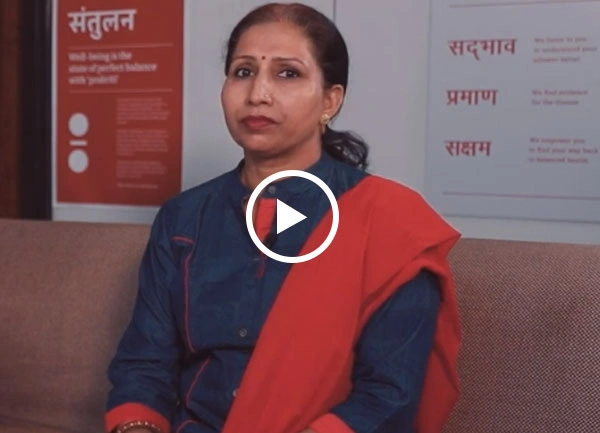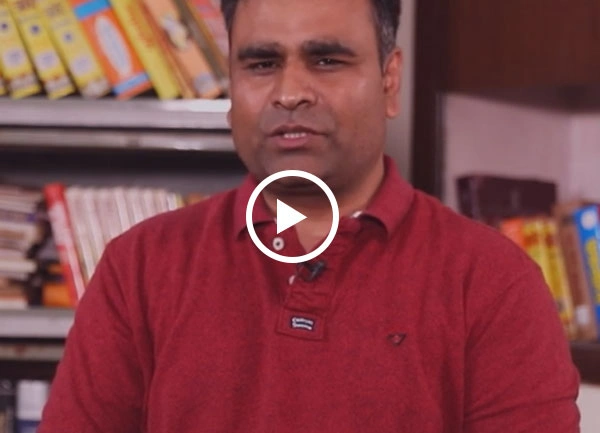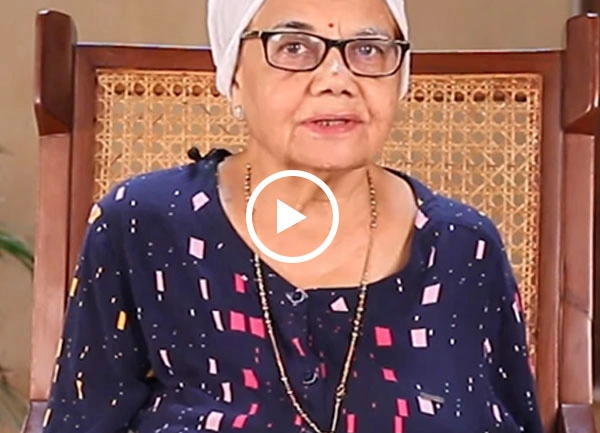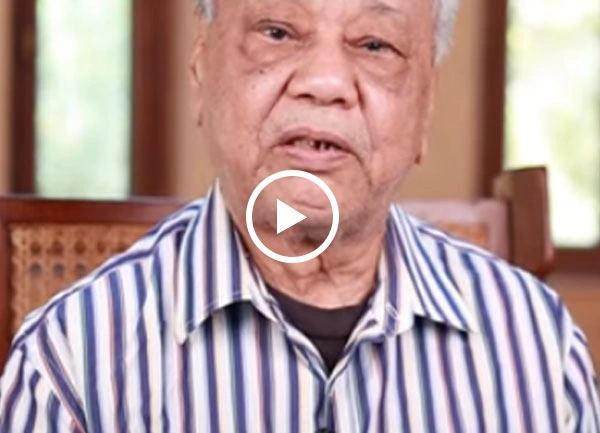

Successful Treatments
Clinics
Doctors
What is Osteoarthritis?
Osteoarthritis is one of the most popular chronic joint diseases, affecting millions of people all over the globe. Being known as a “wear-and-tear” arthritis, it refers to degeneration of cartilage near the ends of bones. When this cartilage, which works as a cushion, is not there, the ends of bones begin to rub against one another, resulting in joint pain, locking and swelling. Osteoarthritis predominantly affects the synovial joints bearing the weight, like knees, hips, and spine.
Types of Osteoarthritis
Osteoarthritis classification may be carried out according to the age factor and the site:
Primary Osteoarthritis: This type is a result of old age and wear and tear of the cartilage, which occurs naturally. It usually involves several joints and usually occurs in persons who are above fifty years of age.
Secondary Osteoarthritis: It is induced by trauma or surgical procedures or other causes such as obesity, septic arthritis, and joint or bone deformity. It can affect people who are younger in age and can affect a person in one joint only.
Osteoarthritis Symptoms
Pain
Pain: Dull or sharp discomfort on the affected joint, particularly active movement.
Stiffness
Stiffness: Stiffness of the joints when one wakes up or remains in one position for long.
Swelling
Swelling: Swelling and tenderness in and around the affected joint due to inflammation.
Reduced Flexibility
Reduced Flexibility: Reduce the movements possible in a joint, making daily living activities difficult.
Rubbing
Rubbing: Performing any joint movement with a sensation or sound of rubbing.
Osteoarthritis Causes
Ayurveda: In Ayurveda, osteoarthritis is often linked to an imbalance in the Vata dosha, which governs movement and dryness. As Vata aggravates due to poor lifestyle choices, lack of nourishment, or ageing, it leads to the drying up of the synovial fluid, causing friction in joints. The accumulation of Ama (toxins) in the joints exacerbates the condition, leading to inflammation and degeneration. Some more causes can be:
- Ageing: Cartilage naturally breaks down with age.
- Injury: Previous joint injuries can lead to faster cartilage wear.
- Obesity: Excess body weight puts more pressure on joints, accelerating wear and tear.
- Genetics: Family history of osteoarthritis can be one of the risk factors of this disease.
- Overuse: Constant stressing on the same few joints due to occupations or athletics may lead to the wearing down of the cartilage.
Risks & Complications
If neglected, osteoarthritis can bring several complications that may considerably reduce one’s quality of living:
- Chronic Pain: People experience pain and discomfort due to the constant breakdown of cartilage.
- Limited Mobility: In the progression of the disease, there may be progressively less movement at the joints.
- Joint deformities. Some of the more severe subtypes of OA result in joint disfigurements due to bone growth and functional cartilage loss.
- Disability: In the advanced stage, severe destruction of the joints may commence, and even performing simple tasks such as walking or climbing the staircase becomes impossible.
When to See a Doctor?
If you experience any of the following, it’s time to consult a healthcare professional:
- Continuous joint pain does not seem to go away even when a person is at rest or tries to use pain-relieving medicines.
- Improper motion of the joint.
- If you feel swelling, soreness, or tenderness in the joint for several weeks and the joint hasn’t recovered.
- Pain or swelling which worsens or does not improve with these changes.
- Usual daily activities like walking and going up and down stairs or gripping objects have become a strain.
Delayed therapy may lead to increased damage to the joint and deterioration of the condition of individuals. Early diagnosis and treatment can prevent further joint damage and improve your quality of life.
Osteoarthritis Treatment In Ayurveda
Ayurvedic treatment of osteoarthritis is not limited to alleviating the symptoms but is focused on thorough treatment of the disease. Ayurvedic treatment for arthritis includes:
Herbal Remedies
Anti-inflammatory ayurvedic herbs such as Guggul, Ashwagandha, Shallaki (Boswellia) and turmeric assist in osteoarthritis by aiding in reducing pain, swelling, and restoring the health of the joints.
Dietary Adjustments
A Vata-pacifying diet rich in warm, moist, and easy-to-digest foods is recommended. Cooked vegetables, soups, whole grains, and herbs like ginger and cumin can balance Vata and reduce symptoms.
Panchakarma Therapies
Using detoxifying procedures such as Basti (medicated enema) and Abhyanga (oil massage) helps clean the Ama, enhances the motion of the lower extremities, and eliminates swelling.
Lifestyle Modifications
In Ayurveda, lifestyle changes work best for joint disorders. You can simply follow some specific arthritis exercises, yoga, and daily routines (Dinacharya) that enhance joint flexibility and balance Vata.
Meditation & Yoga
Asana and Pranayama meditation help ease those situations that increase vata dosha. Mild stretching exercises keep the joints flexible.
External Therapies
Pizhichil (medicated oil bath), Kati Basti (oil treatment for lower back), and Janu Basti (knee treatment) are some of the popular Ayurvedic therapies taken from ancient science that aim to relieve pain and promote joint health.
By combining internal and external treatments, Ayurveda helps to manage osteoarthritis symptoms effectively, improve joint health, and prevent further degeneration.
Jiva’s Evidence-Based Treatment Process
Nadi Pariksha
Starting with Nadi Pariksha, Jiva's certified Ayurvedic doctors use this traditional pulse diagnosis to detect imbalances and assess organ health, which is crucial for diagnosing Osteoarthritis accurately.
Prakriti Analysis
Understanding your unique physical and psychological pattern allows us to tailor an Osteoarthritis treatment plan that not only addresses symptoms but aligns with your inherent constitution for lasting health.
Samprapti Ghatak (Pathogenesis)
Our practitioners investigate the progression of osteoarthritis by examining hygiene, dietary habits, lifestyle, and mental health factors. This thorough analysis helps identify specific triggers that need to be addressed for targeted, individualised treatment.
Chikitsa Sutra - Personalised Treatment Plan
We then, create a detailed Osteoarthritis treatment plan, which consists of diet modifications, lifestyle adjustments, herbal medications, and specific therapies that aim to restore dosha balance and enhance joint health.
Continuous Monitoring & Amendments
Continuous tracking of treatment effectiveness allows us to make necessary adjustments, ensuring that you achieve the best results from your personalised and Ayurvedic Treatment for Osteoarthritis with Jiva's ongoing support.
What Our Patients Say
87% of patients rate us excellent in service.
78% of patients saw significant improvement in 3 months of treatment.
92% of patients stopped allopathic medicines completely.
FAQs
Gentle yoga, warm compresses, and Ayurvedic herbal oils like Mahanarayan Oil can provide quick relief.
Yes, eating warm moist foods which is Vata pacifying and avoiding cold dry and junk foods helps in calming the symptoms.
Guggul, Shallaki or Boswellia and Turmeric are very effective in pain management in osteoarthritis.
First, stay within a healthy weight. Second, try to follow a well-balanced diet. Third, do yoga. Fourth, perform regular Panchakarma detoxification procedures.
While Ayurveda can't completely reverse osteoarthritis, it can help slow the progression and improve quality of life through proper diet, lifestyle, and treatment.
Yes, cold weather tends to aggravate Vata, leading to stiffness and increased joint pain.
Gentle stretching, yoga, and low-impact exercises like swimming are beneficial for improving flexibility and reducing pain.
Yes, stress aggravates Vata, leading to increased pain and stiffness in the joints.
It is recommended that patients undergo Panchakarma therapies once or twice a year for effective management of symptoms.
Not necessarily. Ayurvedic treatments, when started early, can help manage pain and improve joint function, potentially delaying or avoiding the need for surgery.
Top Ayurveda Doctors
Our Happy Patients
Blogs
- Sudden Joint Pains in Winter? Tips to Protect and Preserve Your Joints with Ayurveda
- 5 Mistakes That Are Making Your Joint Pain Worse
- Suffering from Joint Pains? Try Panchakarma for Relief
- Best Ayurvedic Oil for Knee Joint Pain - Home Made
- 3 Simple Home Remedies for Joint Pain
- Three natural ways to treat joint pain
- Ayurvedic Herbs to Reduce Joint Pain
- Ayurvedic Preventive Measures for Joint Pain
- Joint Pain-Home Remedies
- 5 Easy Ayurvedic Tips to Control Joint Pain
Home Remedies
Related Disease
- Ayurvedic Treatment for Ankylosing Spondylitis
- Ayurvedic Treatment For Cervical Spondylosis
- Ayurvedic Treatment For Arthritis
- Ayurvedic Treatment for Osteoarthritis
- Ayurvedic treatment for Gout
- Ayurvedic Treatment for Sciatica
- Ayurvedic Treatment for Rheumatoid Arthritis
- Ayurvedic Treatment for Frozen Shoulder
- Ayurvedic Treatment for Deep Vein Thrombosis (DVT)
- Ayurvedic Treatment for Achilles Tendon Disorders
- Ayurvedic Treatment for Rickets
- Ayurvedic Treatment for Ganglion Cyst
- Ayurvedic Treatment for Osteoporosis
- Get Ayurvedic Treatment for AVN Avascular Necrosis
- Get Ayurvedic Treatment For Osteomyelitis
- Cerebral Palsy Treatment in Ayurveda
Latest Blogs
- क्या आर्थराइटिस सिर्फ बुज़ुर्गों का रोग है? युवाओं में बढ़ते जोखिम को आयुर्वेद कैसे समझाता है
- क्या बैठने से उठते ही अचानक दर्द होना ऑस्टियोआर्थराइटिस की पहचान है? आयुर्वेद क्या संकेत देता है जानिए
- क्या ज़्यादा खाली पेट रहना या भोजन छोड़ना Migraine को तुरंत ट्रिगर करता है? आयुर्वेदिक दृष्टि से समझें
- क्या उल्टी, चक्कर और रोशनी से संवेदनशीलता Migraine का क्लासिक पैटर्न है? आयुर्वेदिक कारण समझें
- क्या तेज़ रोशनी या स्क्रीन देखते ही सिरदर्द बढ़ जाता है? Migraine के ट्रिगर आयुर्वेद की नज़र से जानें
- क्या आर्थराइटिस में बार-बार पेनकिलर लेना नुकसानदायक है? सुरक्षित आयुर्वेदिक विकल्प जानिए
- क्या ज़्यादा खाली पेट रहना या भोजन छोड़ना Migraine को तुरंत ट्रिगर करता है? आयुर्वेदिक दृष्टि से समझें
- क्या सुबह उठते ही भारी सिर और आँखों में दबाव महसूस होना Migraine का संकेत है? आयुर्वेदिक व्याख्या जानें
- क्या तेज़ गंध, शोर या तनाव बढ़ते ही सिरदर्द शुरू हो जाता है? Migraine में मन-वात संबंध आयुर्वेद से समझें
- क्या हर महीने पीरियड्स से पहले-माइग्रेन का दर्द बढ़ना हार्मोनल असंतुलन को दिखाता है? आयुर्वेदिक संकेत देखें
- क्या बार-बार एंटीहिस्टामिन लेने पर भी Hives वापस आ जाते हैं?आयुर्वेद में इसके मूल कारण जानें
- क्या परफ्यूम, साबुन या धूल के संपर्क में आते ही फौरन दाने उभर जाते हैं? Urticaria में ट्रिगर्स आयुर्वेदिक दृष्टि से समझें
- क्या रात के समय खुजली और दाने अधिक बढ़ जाना Urticaria की प्रकृति दिखाता है?आयुर्वेदिक दृष्टिकोण देखें
- क्या तनाव या घबराहट बढ़ते ही Hives flare-up शुरू हो जाता है? मन-पित्त संबंध आयुर्वेद की नज़र से समझें
- क्या अचानक चेहरे, होंठ या आँखों के आसपास सूजन आना Angioedema या Urticaria का लक्षण है? – आयुर्वेदिक व्याख्या
- क्या Delivery के बाद महिलाओं में Fissure ज़्यादा देखा जाता है? आयुर्वेद बताता है कारण और देखभाल
- क्या गुदा के आसपास खिंचाव, जलन और सूजन महसूस होना Fissure की प्रगति दर्शाता है?
- क्या मल त्याग के दौरान हल्का खून आना हमेशा Piles नहीं—Fissure भी हो सकता है?
- क्या गुदा के पास हल्की दरार या चमड़ी कटना Fissure का संकेत हो सकता है?
- क्या बार-बार सूखी और कड़ी स्टूल Anal Fissure को और खराब करती है?
Ayurvedic Doctor In Top Cities
- Ayurvedic Doctors in Bangalore
- Ayurvedic Doctors in Pune
- Ayurvedic Doctors in Delhi
- Ayurvedic Doctors in Hyderabad
- Ayurvedic Doctors in Indore
- Ayurvedic Doctors in Mumbai
- Ayurvedic Doctors in Lucknow
- Ayurvedic Doctors in Kolkata
- Ayurvedic Doctors in Patna
- Ayurvedic Doctors in Vadodara
- Ayurvedic Doctors in Ahmedabad
- Ayurvedic Doctors in Chandigarh
- Ayurvedic Doctors in Gurugaon
- Ayurvedic Doctors in Jaipur
- Ayurvedic Doctors in Kanpur
- Ayurvedic Doctors in Noida
- Ayurvedic Doctors in Ranchi
- Ayurvedic Doctors in Bhopal
- Ayurvedic Doctors in Ludhiana
- Ayurvedic Doctors in Dehradun







